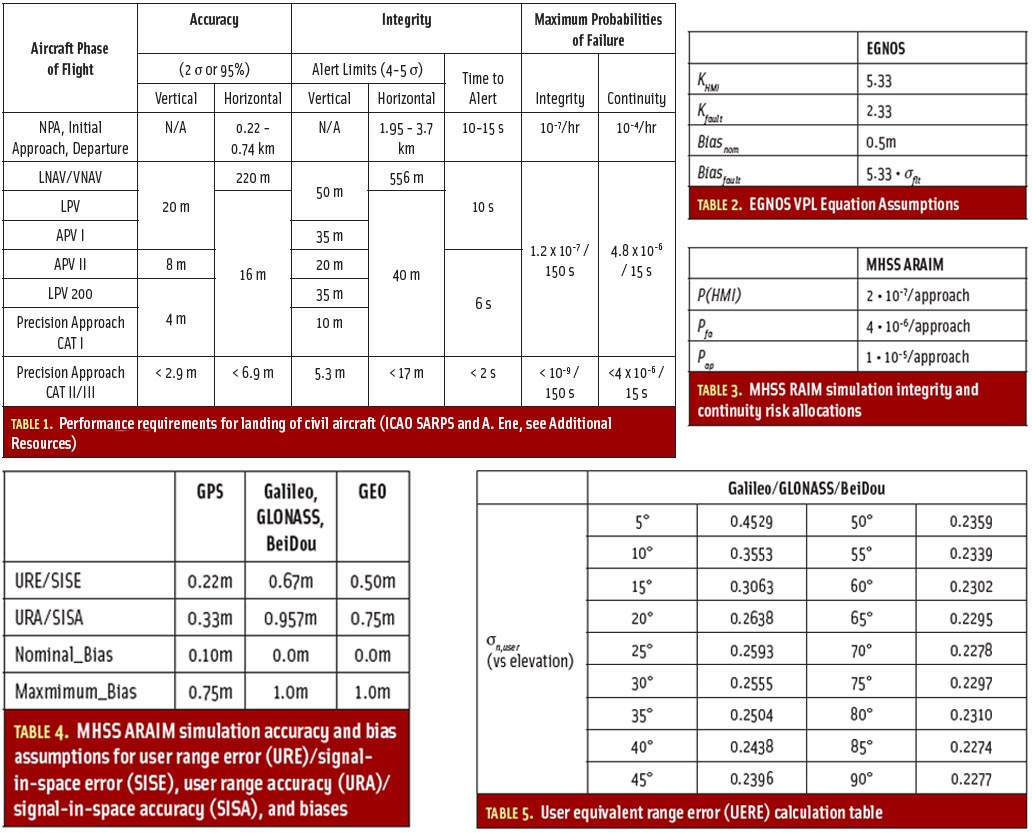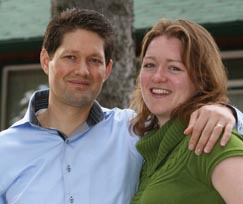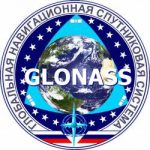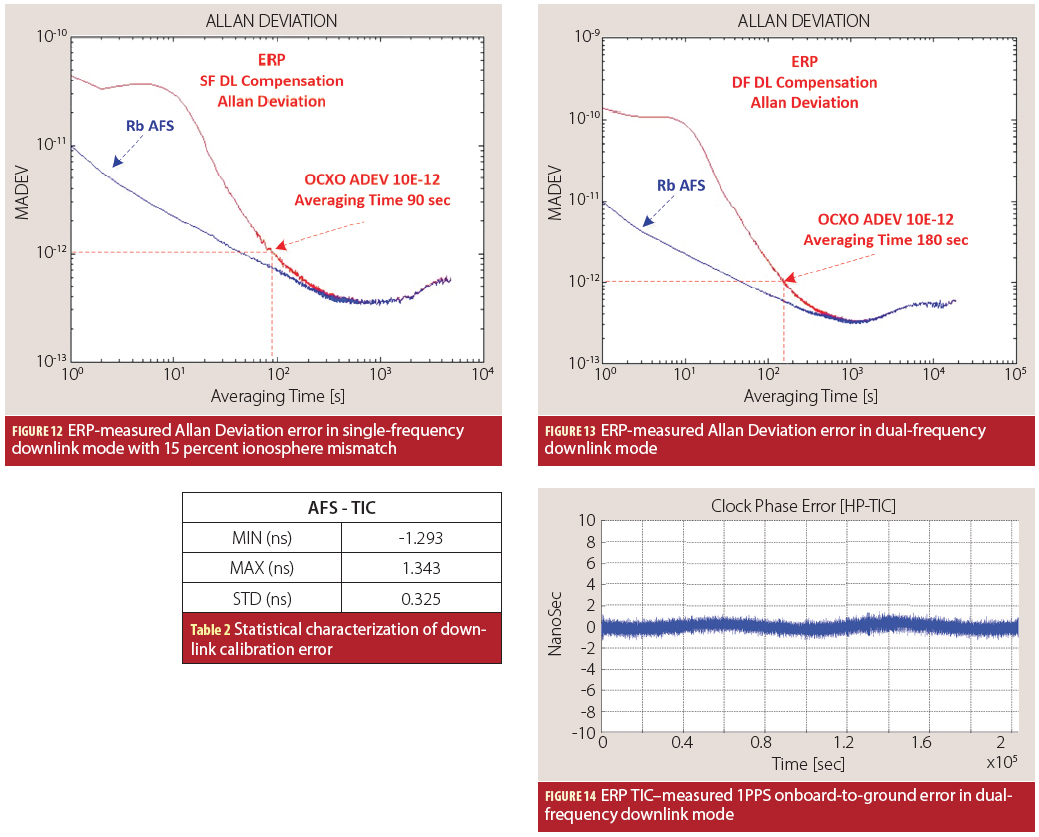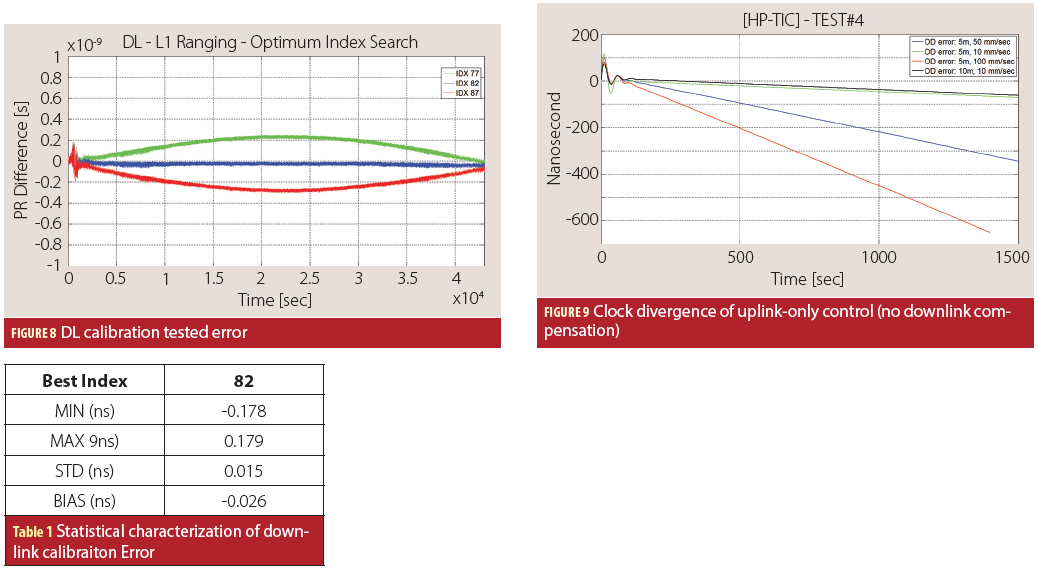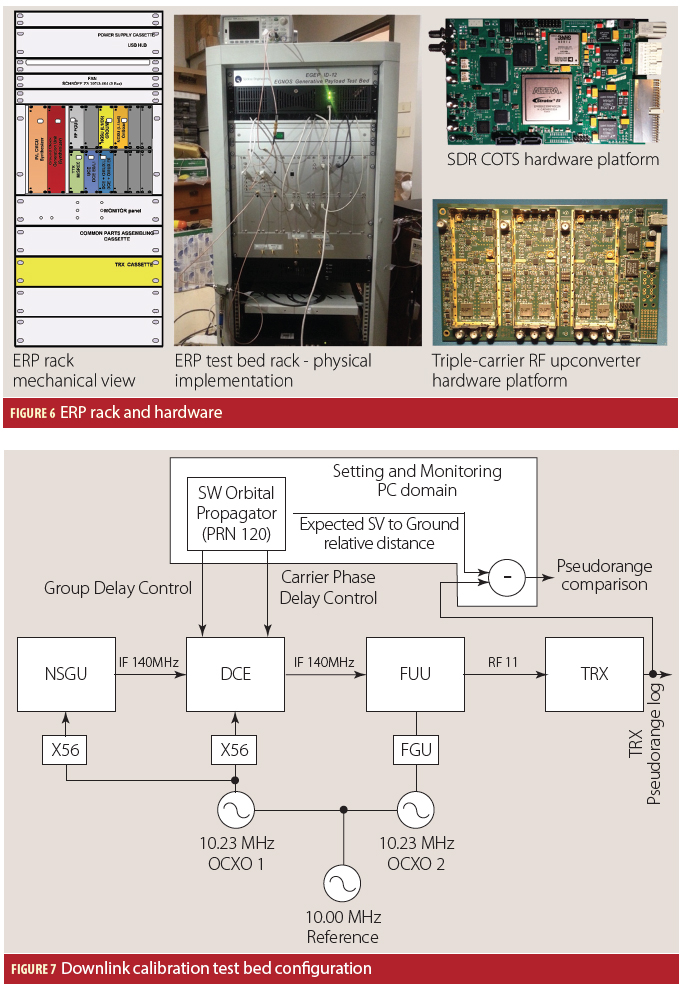Galileo & EGNOS Evolution
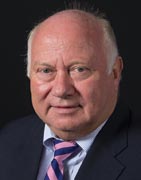 Prof. Dr. Günter Hein
Prof. Dr. Günter HeinA global navigation satellite system seems like such solid thing, like the pyramids, perhaps, or a mountain. Permanent, fixed, immutable.
Nor is this surprising. After all, GNSS distinguishes itself from many other technologies of the moment by its grounding in a large and widespread infrastructure: a master control station, launch facilities, far-flung monitoring stations, the space segment with dozens of massive satellites that can operate 20 years or more as did a recently retired GPS Block IIA spacecraft.
By Günter W. Hein



